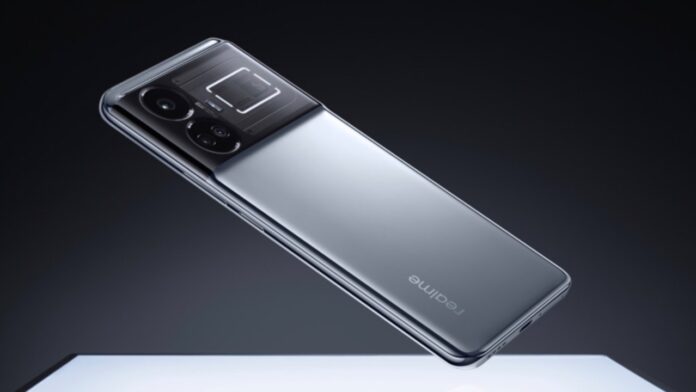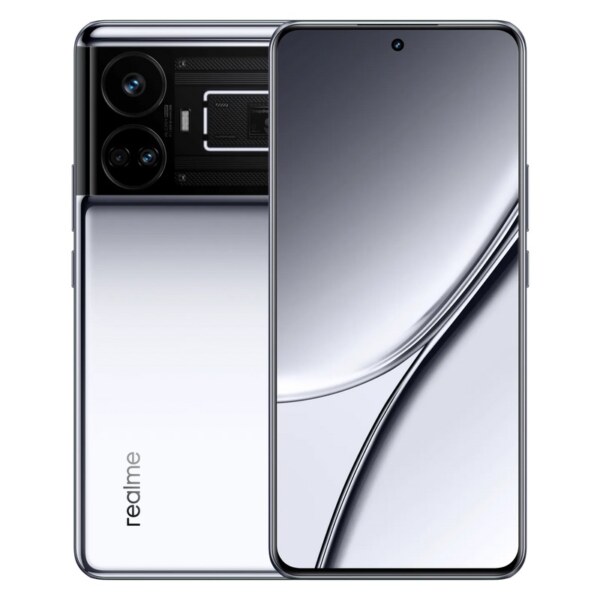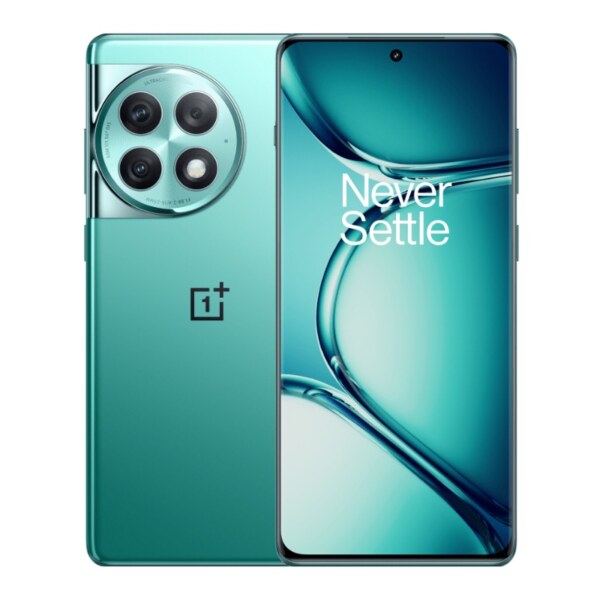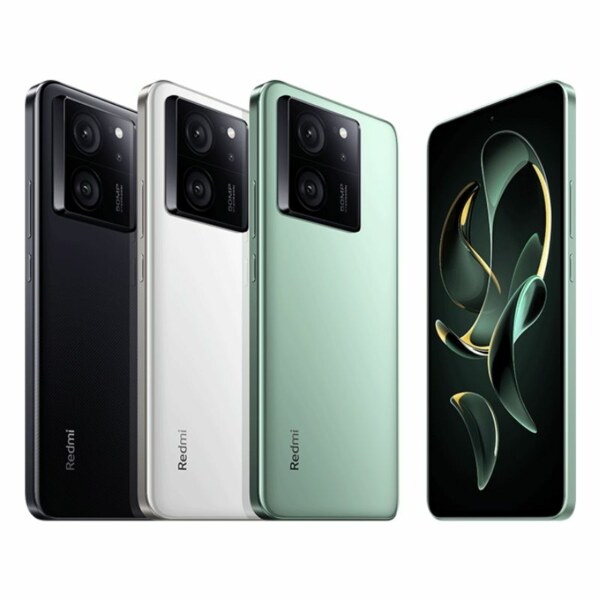The performance and features of smartphones have greatly improved over time, and the amount of RAM a phone has is a crucial factor in determining its speed and smoothness. RAM capacities have been increasing every year, and now we are seeing smartphones with up to 24GB of RAM. However, it is important to note that none of these 24GB RAM smartphones are currently available in India, but they are expected to be released soon.
RedMagic 8S Pro+
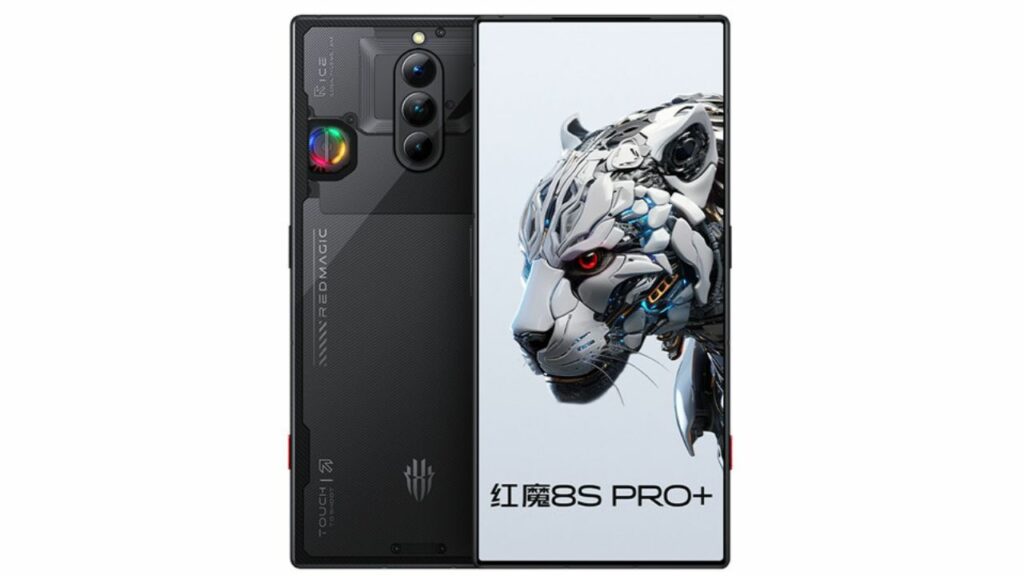
The RedMagic 8S Pro+ was the first smartphone in the world to ship with 24GB RAM. Its specs include a 6.8-inch BOE OLED screen with a refresh rate of up to 120Hz refresh rate, 960Hz multi-finger screen touch sampling rate, 1440Hz PWM dimming + DC dimming, 1300 nits brightness and 93.7% screen-to-body ratio.
As mentioned, the device gets up to 24GB LPDDR5X RAM and up to 1TB storage UFS4.0 storage. It is powered by the Snapdragon 8 Gen 2 SoC. It also sports an ICE 12.0 magic cooling system with a built-in fan and full-through air duct, 3D ice-level dual pump, and a super large VC liquid cooling system.
The phone has a triple rear camera system, including a 50MP 1/1.57-inch Samsung GN5 sensor, 8MP 120-degree ultra-wide lens, and 2MP macro camera. There’s a 16MP OmniVision under-screen camera front camera. The RedMagic 8S Pro+ has a 5000mAh battery with 165W charging that can charge up to 100% in 14 minutes.
OnePlus Ace 2 Pro
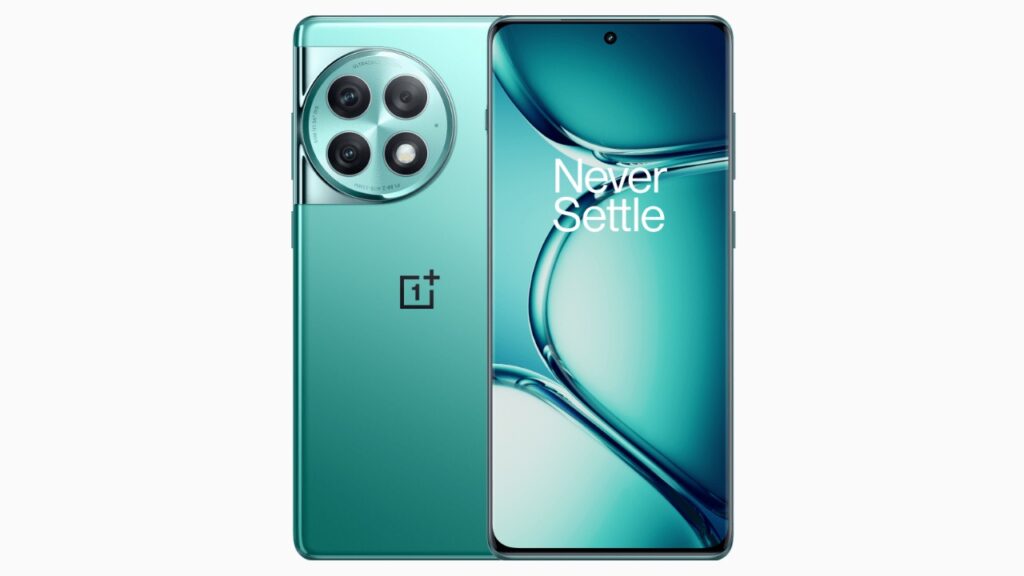
The OnePlus Ace 2 Pro was the second device to come with 24GB RAM. It sports a 6.74-inch AMOLED curved-edge screen with a 1.5K resolution of 2772 x 1240 pixels, 450 PPI, 1600 nits peak brightness and a 120Hz refresh rate. It also has 2160Hz high-frequency PWM dimming and 100% DCI-P3 coverage.
A triple rear camera system consists of an OIS-enabled 50-megapixel f/1.8 Sony IMX890 main camera. The other two Sensors include an 8-megapixel IMX355 f/2.2 ultra-wide camera and a 2MP OV02B10 macro camera. It gets a 16-megapixel f/2.4 front-facing camera.
The OnePlus device has the Snapdragon 8 Gen 2 at its helm, which is coupled with up to 24 GB of LPDDR5x RAM and up to 1TB of UFS 4.0 storage. The device is backed by a 5000mAh battery with 150W fast charging support. As for other features, there is an in-display optical fingerprint sensor. It also has an NFC, an IR blaster, dual stereo speakers, Wi-Fi 7, Bluetooth 5.3, GPS, and a USB-C port for charging.
Redmi K60 Ultra
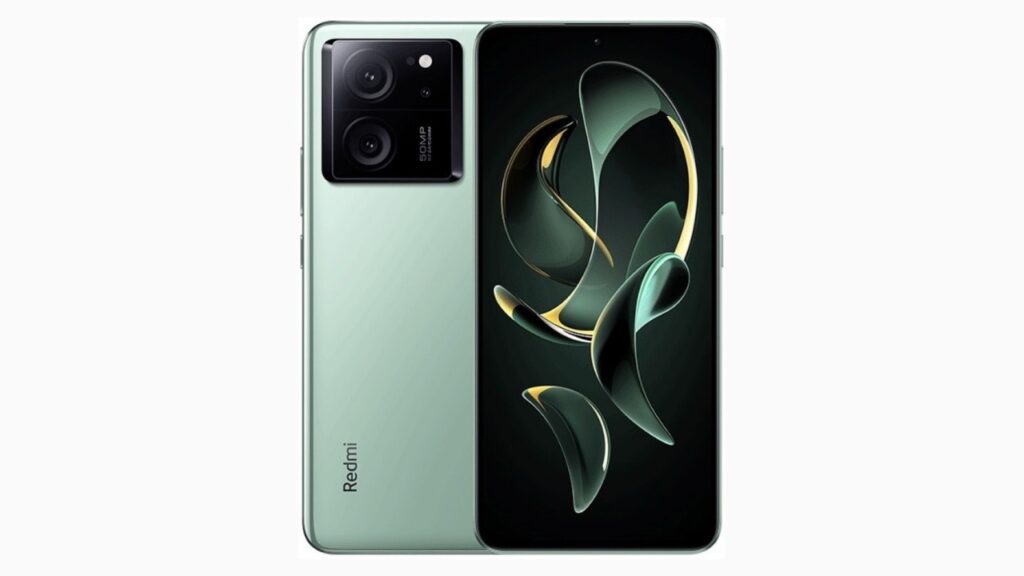
The Redmi K60 Ultra sports a 6.67-inch 12-bit OLED display with 2,712 x 1,220 pixels resolution, 2600 nits peak brightness, 1,920Hz PWM dimming, up to 144Hz refresh rate, Adaptive HDR, up to 480Hz touch sampling rate, DCI-P3 colour gamut, Dolby Vision, HDR10+, and SGS-certified low blue light mode.
The K60 Ultra packs a MediaTek Dimensity 9200+ SoC and runs on Android 13-based MIUI 14. The smartphone also houses up to 24GB LPPDR5x RAM, 1TB UFS 4.0 storage, and a VC liquid cooling system.
For optics, the Redmi handset features a triple rear camera setup with a 50-megapixel IMX800 Sony sensor, an 8-megapixel ultrawide lens and a 2-megapixel portrait camera. For selfies, the Redmi K60 Ultra houses a 16-megapixel selfie camera.
Connectivity options include dual SIM, WiFi 6, Bluetooth 5.3, Dual-Band GNSS, and NFC. It has dual stereo speakers and is IP68 dust and Water-resistant rated. The handset also features an in-screen fingerprint sensor. For battery, the smartphone packs a 5,000mAh battery along with support for 120W fast charging.
Realme GT 5
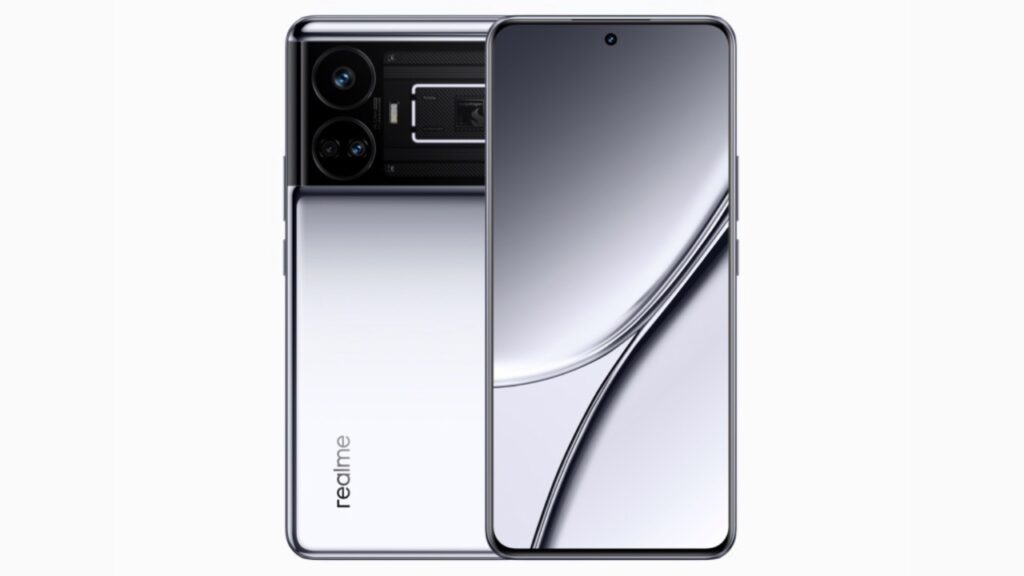
Realme GT 5 sports a 6.7-inch 1.5K resolution (2772 x 1240 pixels) OLED display with a 144Hz refresh rate and a 2160Hz PWM dimming. The handset is powered by the Snapdragon 8 Gen 2 Chipset paired with up to 24GB LPDDR5x RAM and up to 1TB UFS 4.0 storage. The phone runs on Android 13 with Realme UI 4.0 skin on top.
As for the optics, the Realme GT 5 has triple cameras on the back, including a 50-megapixel Sony IMX890 primary sensor that supports OIS. This primary shooter is paired with an 8-megapixel ultra wide angle lens (Sony IMX355) and a 2-megapixel macro sensor. Meanwhile, the front houses a 16-megapixel f/2.45 selfie camera.
Connectivity options include 5G, dual 4G LTE, Wi-Fi 7, Bluetooth 5.3, GPS, NFC, and a USB Type-C port for charging. The GT 5 150W version comes with a 5,240mAh battery with 150W fast charging support. Meanwhile, the 240W variant of the GT 5 comes with a 4,600mAh battery and 240W fast charging. Additional features include an in-display fingerprint sensor for security, an X-axis linear vibration motor, Dolby Atmos-powered stereo speakers and VC liquid cooling.
Is 24GB RAM on a smartphone overkill?
As we have explained before in our article elucidating Virtual RAM, RAM, or random access memory, is the temporary storage space where the phone keeps the data and apps that it is currently using or has recently used. The more RAM a phone has, the more data and apps it can keep in memory without having to reload them from the internal storage or the cloud.
More RAM definitely results in better performance, but the question here is whether smartphone operating systems have advanced enough or are powerful enough to utilise such amounts of memory. Most flagships from Samsung come with 8GB and 12GB of RAM and while Apple doesn’t reveal the RAM its iPhones carry, those who have dived in deeper into the phone’s specs have revealed that its latest iPhone 14 Pro series has 6GB RAM.
This shows that the majority of smartphones can run fine with even 6GB, 8GB, and 12GB RAM. Having more RAM does not necessarily mean better performance, as it depends on how well the software utilises it. The only benefit of having such large RAM is that it can keep a considerable number of apps in memory, so you don’t lose out on your work while multitasking as the App restarts less often. Even then, Android and iOS have been so well-optimised that they can open apps almost instantly, so you shouldn’t worry about speed.
Apart from that, 24GB RAM does have a few drawbacks, one of them being the manufacturers increasing the cost of the smartphones. For instance, the Realme GT 5 price is set at CNY 2,999 (approx Rs 34,500) for the base model with 12GB of RAM and 256GB of storage. The top-end variant with 24GB of RAM paired with 1TB of storage comes at CNY 3,799 (approx Rs 43,800). This is a direct increase in price by almost Rs 10,000 when in fact, the base model is more than enough for a majority of the users.
Even some high-end PCs run with 16GB RAM, indicating that a more powerful machine can run on a lower amount of RAM. Not only that but most apps and games are not optimised to take advantage of such a large amount of memory, as they are designed to run on a wide range of devices with different specifications, from low-end devices to the top-end ones.
With this, we can conclude that 24GB of RAM on a smartphone is an overkill for most users and applications. Most smartphones today can run multiple apps and tasks smoothly with 8GB, 12GB or 16GB of RAM at most. The effects of having 24GB RAM will also not be visible in daily use unless you are a power user. While it may become useful at some point in the future, the current scenario doesn’t seem to favour 24GB of RAM on smartphones, especially for a general consumer.


